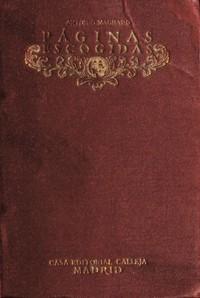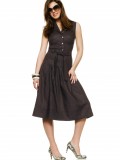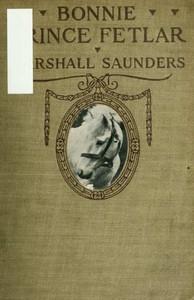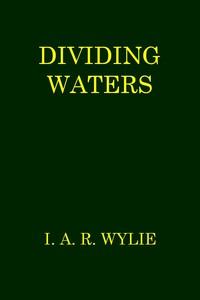Read this ebook for free! No credit card needed, absolutely nothing to pay.
Words: 28116 in 17 pages
This is an ebook sharing website. You can read the uploaded ebooks for free here. No credit cards needed, nothing to pay. If you want to own a digital copy of the ebook, or want to read offline with your favorite ebook-reader, then you can choose to buy and download the ebook.
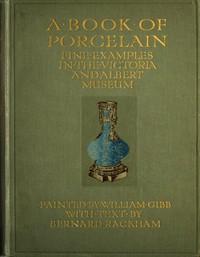

: A Book of Porcelain: Fine examples in the Victoria & Albert Museum by Rackham Bernard Gibb William Illustrator - Victoria and Albert Museum; Pottery England
PAGE PREFACE vii
INTRODUCTORY xiii
INDEX 89
LIST OF PLATES IN COLOUR
BY WILLIAM GIBB
INTRODUCTORY
It is the experience probably of most Western amateurs of porcelain to pass through three successive stages of development in their appreciation of an art which, even for the uninitiated,--for those who have no knowledge of its history and little understanding of its technical aspects,--is not lacking in charm and fascination. For, indeed, there is about most porcelain, of whatever kind, some quality of alluring grace, a daintiness of material, or a pleasing play of colour, which makes an appeal at first sight to the eye of all lovers of things beautiful. Mere casual pleasure in its superficial attractiveness will not fail to give place to an ever-deepening interest for those who will take the pains to learn its inner secrets, to discover in it, expressed in enduring form, the creative power of a craftsman's soul, nay more, a reflection of the very spirit of humanity in its changing moods, varying in conformity with racial differences or environment of time and place. This wondrous product of human skill,--as it were a new stone of rare value added to those which nature has given us,--will assuredly kindle in the hearts of its admirers a desire to learn something of its story. They will find, in their endeavours to understand its mysteries, that their interest is aroused in the first place by the porcelain of their own country, reflecting as it does a culture in the midst of which they have themselves been born and bred.
The English amateur will naturally seek a field for his first studies in English porcelain. It wears a certain air of homeliness which endears it to his heart; its uses and forms are those which are familiar in the daily life of his countrymen; its decoration as a rule makes no exacting demands on his erudition in order to be fully understood. After English porcelain, the collector's attention will most readily be turned to that of the continent of Europe.
His apprenticeship, the first of the three stages to which allusion has been made above, is thus spent in the study of the Western manifestations of the art. As yet he does not understand, and cannot appreciate at their true value, the Eastern wares from which the European trace their descent. In the course of his researches a curiosity can scarcely fail to be stirred in him to know more of these Oriental precursors. His curiosity deepens; his desire to satisfy it brings him at last under a new spell, and the second stage is reached. His enthusiasm is now all for the Chinese; its perfection of material and form, its dazzling beauty of colour, the artistic fitness of its decoration, engage his admiration more and more. Alien to his imagination as it is in conception, it nevertheless fascinates him ever more surely as he grows more familiar with it. The European china of his early collecting days pleases him no longer.
But there will follow a third stage, in which a more catholic taste is developed. The student of the Oriental can understand much in the Western wares that was meaningless so long as he was ignorant of the sources from which they were derived. His appreciation of the high artistic worth of the Chinese is undiminished, but his sympathy is now again awakened by the more humane qualities of the European, appealing as they do to kindred instincts in his own Western nature. He has now reached the point at which he is able to give its true value to all good work, whatever its origin may be. The excellences of the Eastern do not blind him to the merits of the Western; all alike in their several types of beauty are a joy to his soul.
PLATE 9
Vase, Chinese, period of Yung Ch?ng , with "five colour" design of archaistic style. Height, 18 in.
Free books android app tbrJar TBR JAR Read Free books online gutenberg
More posts by @FreeBooks

: The Fourteenth of July and Danton: Two Plays of the French Revolution by Rolland Romain Clark Barrett H Barrett Harper Translator - France History Revolution 1789-1799 Drama

